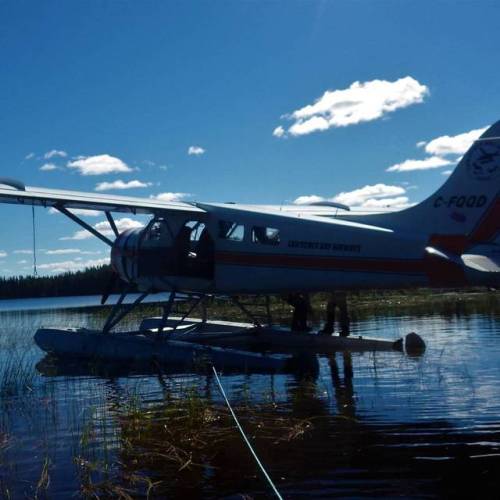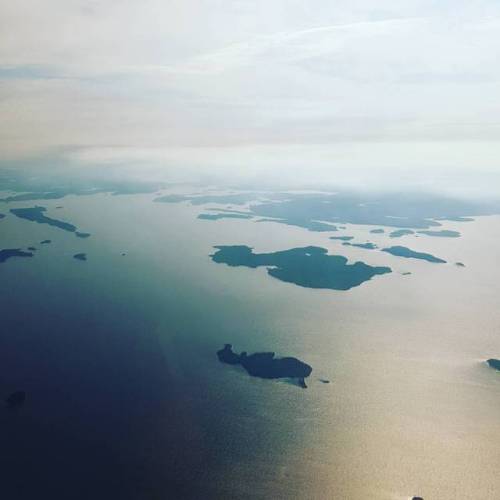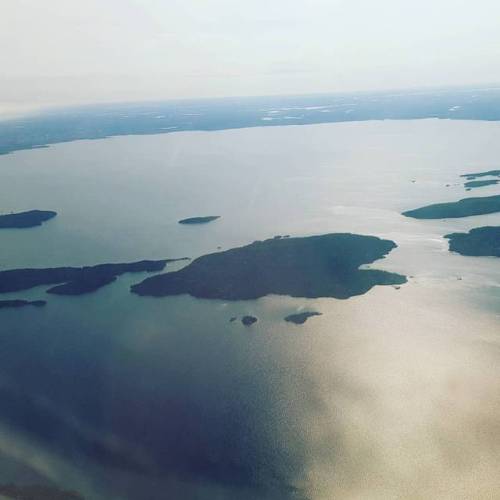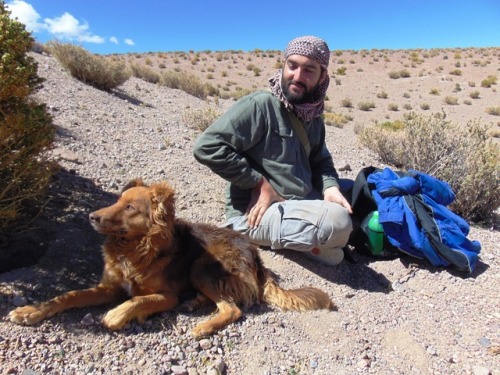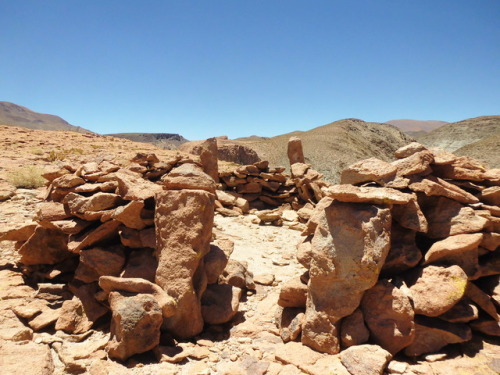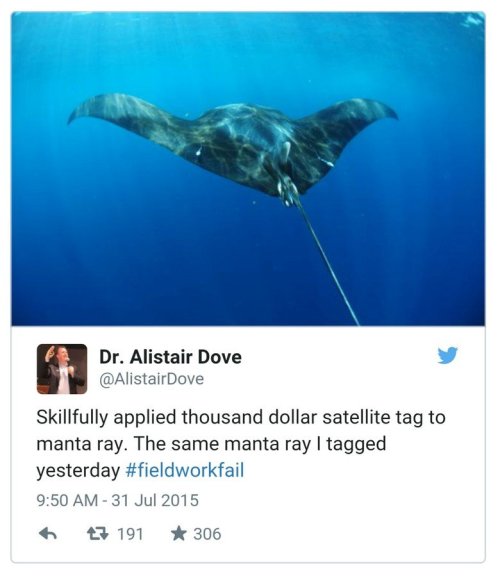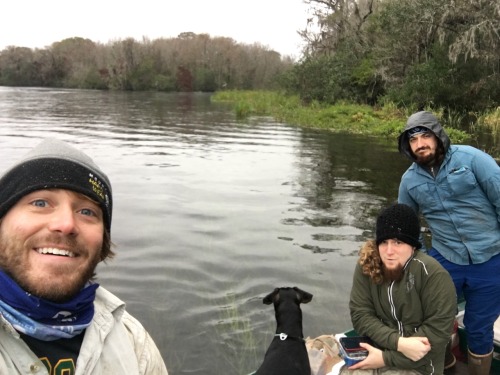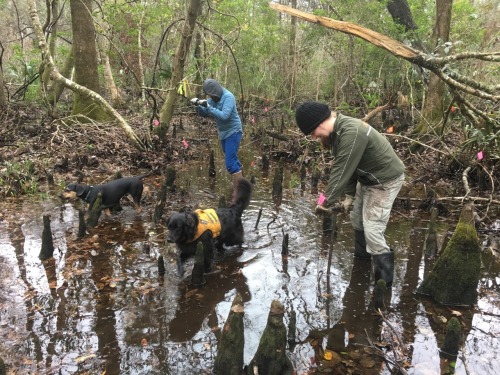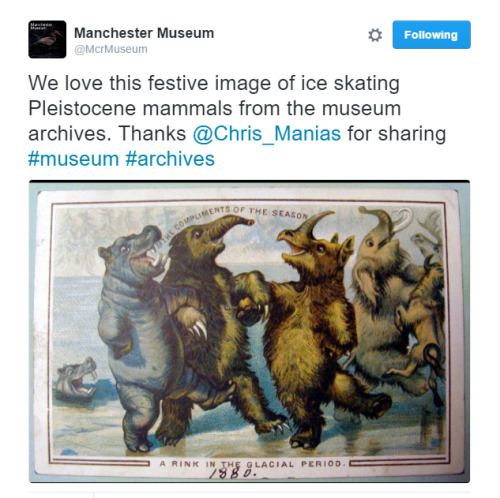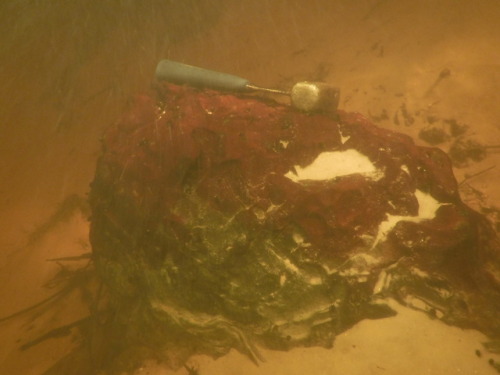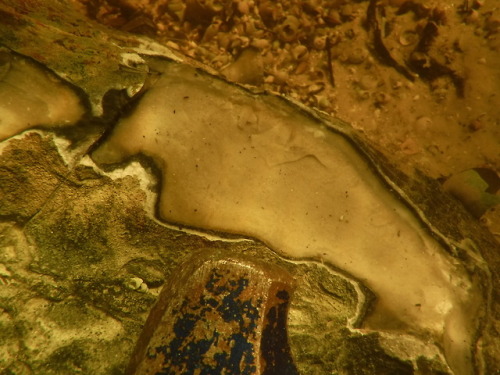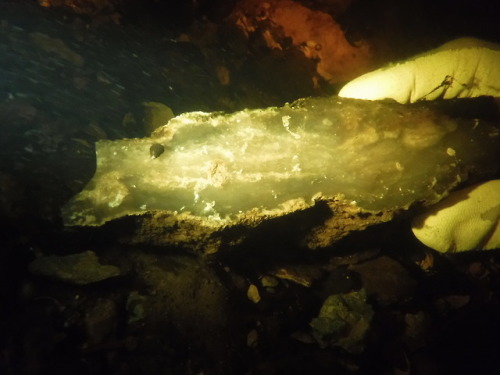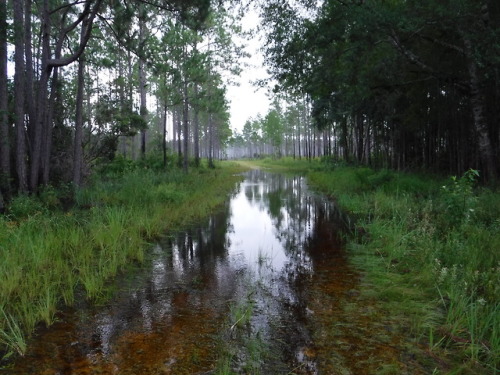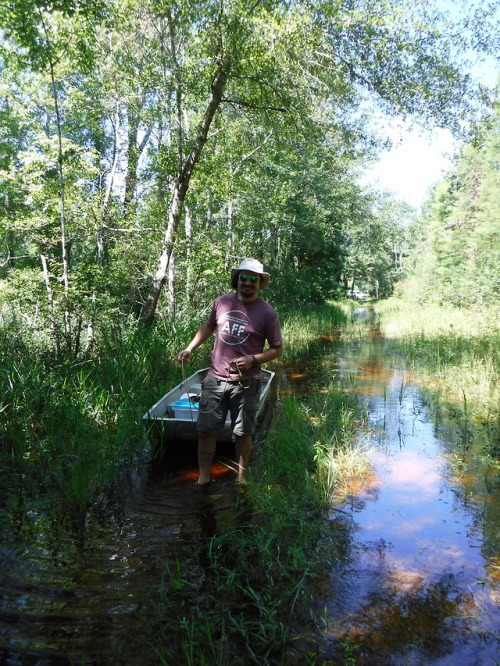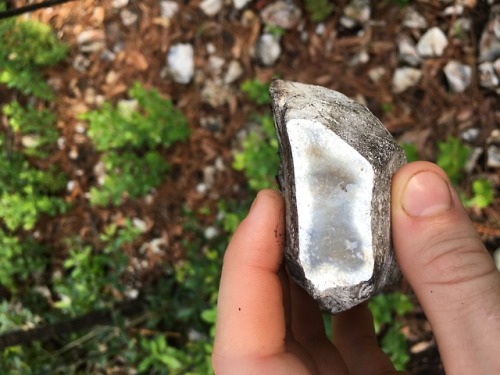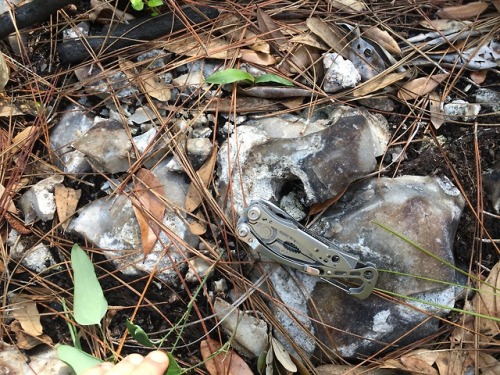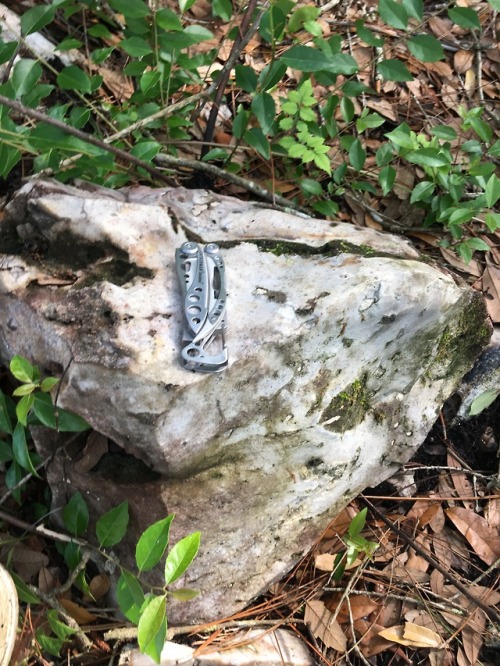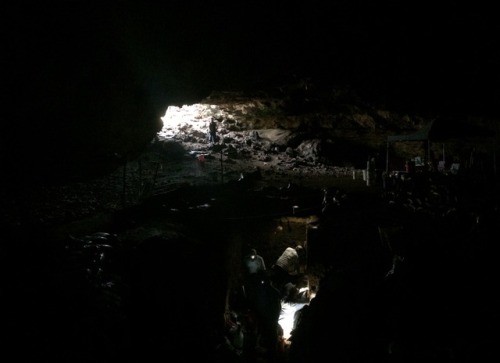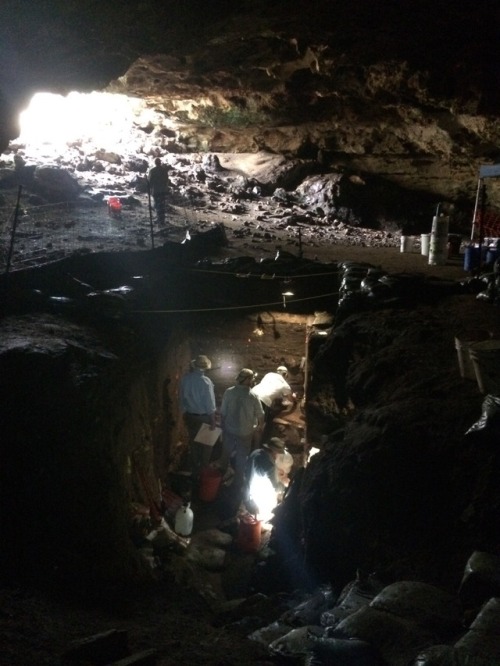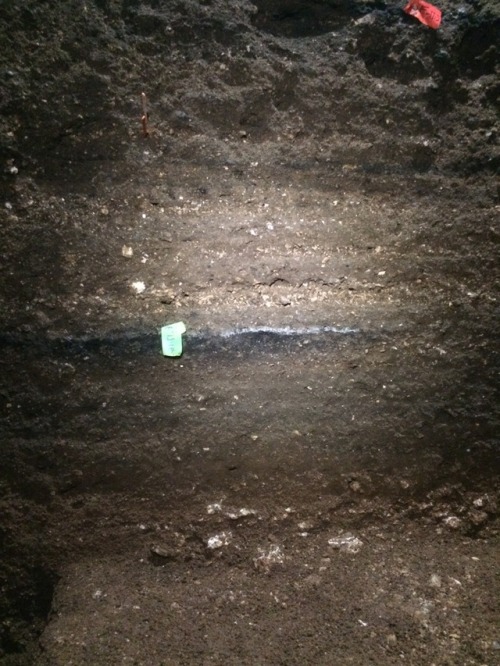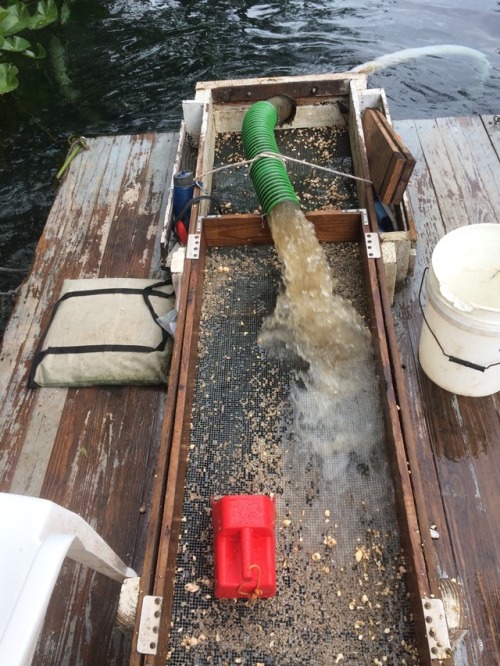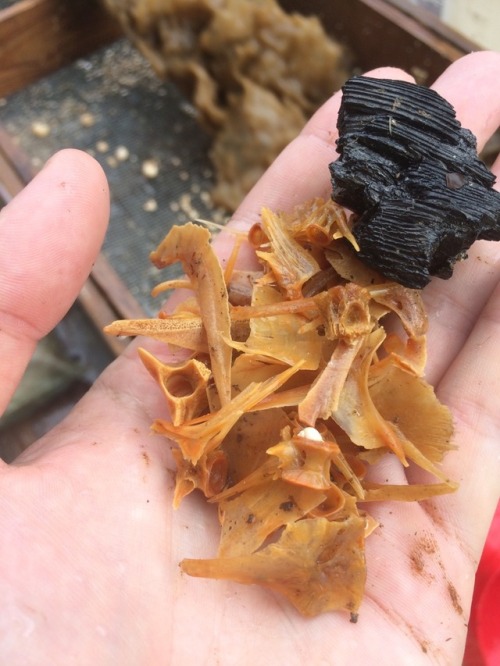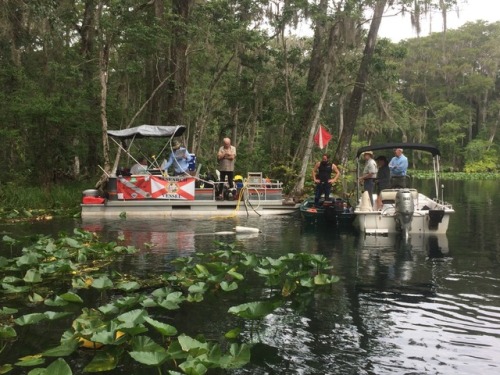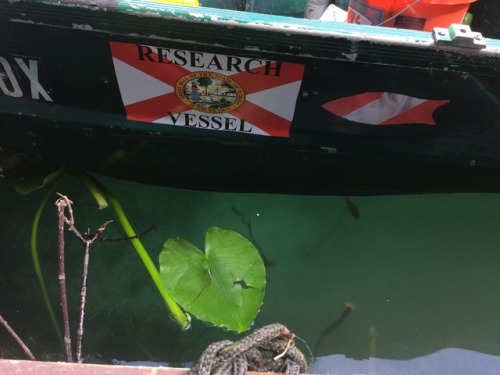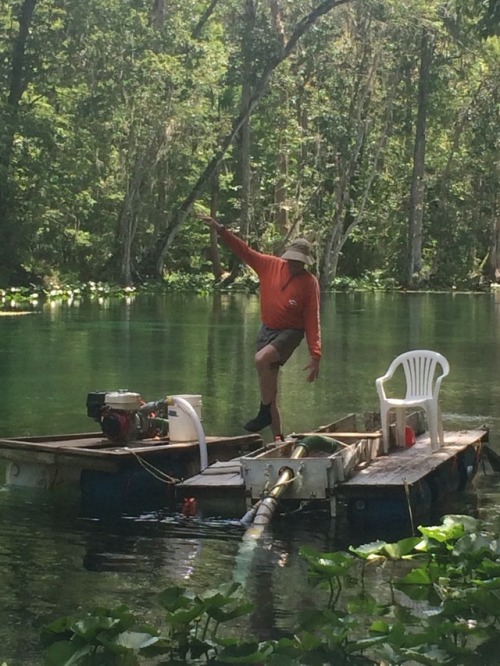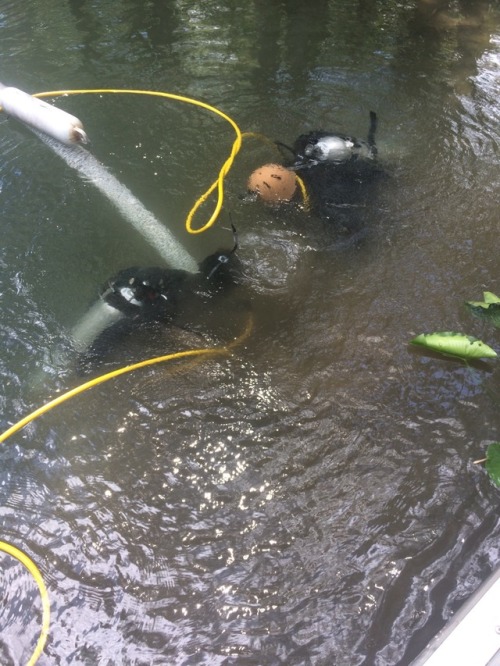#fieldwork
Biologist Nicolas Laurent and his team go on an expedition to the Democratic Republic of Congo, to the remote village of Inkanamongo. The goal: find viruses in mammals to investigate how biodiversity loss affects the emergence of zoonotic diseases such as Ebola, Monkeypox, and those linked to Coronaviruses.
Production: Stijn Pardon and Nicolas Laurent, Royal Belgian Institute of Natural Sciences (@rbins)
Perks of my job - getting to fly around on a float plane for the day seeing Northern Saskatchewan from a birds eye view.
Post link
When Saskatchewan has approximately 100 000 lakes, it’s hard not to take pictures while flying .
Post link
Did you know Saskatchewan is home to several impact structures caused by meteorite impacts? One of the largest is Deep Bay located on the South Western tip of Reindeer Lake. The impact crater is over 13km in diameter, has a depth of 220m (the deepest water body in Saskatchewan!), and was formed approximately 99 million years ago
Post link
Fieldwork.
1°, Structure, unknown use or meaning.
2° The Puna Dog, a very capable and friendly companion during the prospecting.
3° A shepherd’s memorial (they buried the deceased on the cementery but constructed memorials on the deceased’s favorite place)
4° A stone apacheta (a little cairn or mound, used to make offerings and requests to the Pachamama, or the Earth Mother) overlooking the snowy summit of the Galán Volcano (5900 meters over sea level)
Post link
These are great!
It amuses me when people think science is always super formal and “serious”. Field work is at least 50% shenanigans.
Post link
OH MY GOD LOOK AT THIS POSTCARD FROM 1880 IN THE MANCHESTER MUSEUM ARCHIVES
“festive image of Pleistocene mammals”
“a rink in the glacial period”
THIS IMAGE HAS SINGLE-HANDEDLY PUT ME IN THE FESTIVE MOOD
MERRY CHRISTMAS
That’s a vibe
Winter fieldwork
Post link
Sampling underwater chert quarries in northwest Florida. A few weeks of working in the Wacissa, Aucilla, and St. Marks Rivers is paying off with some awesome new information about submerged prehistoric quarries!
Post link
When your project area floods, you have to adapt. The sites are high and dry, but the access roads are swamped due to biblical rains and consequently high rivers. The floodwaters are quickly receding though, and we carry on! This was not quite what I had in mind for underwater archaeological fieldwork…
Post link
Summer Fieldwork 2018- Suwannee chert outcrop in northwest Florida. I will be sampling this location later this summer. Samples collected here will be characterized using neutron activation analysis (NAA) and laser ablation-inductively coupled plasma-mass spectrometery!
Post link
Archaeology perks: encountering feral rhesus macaques while at work. They’re MEAN, and this one was drawn to us both curiosity and a desire to get in our lunch cooler. Can you spot him to the left of our dive flag?
Post link
Field Gear Masterpost
Help!
Can anyone make field school supply recommendations? Specifically things you wouldn’t think about your first time in the field. I’ll be in SW Ohio. What shoes do I wear? I obviously have my trowels and such from the supplies list but I feel like there are things I am missing. What works better in the field, a ball cap or bucket hat? I need help from experienced professionals or at least people who know more than me.
——
Hi, so I don’t know how long this has been in the inbox. If it has been a long time then I deeply apologize and hope that you had a great time at your field school and that you had access to all the equipment you needed! The reason I’m choosing to address this now is because “What are some good field supplies for beginners” is probably the most asked question this blog, so I wanted to make a masterpost concerning field gear.
So this is my field kit, or like 80% of it. I’ve been doing this for over five years, but when i first started I had a small fraction of what you see here. I’m sure if I keep doing this job for another five years my kit will double in size.

Some field schools actually might provide you with supplies, or at least a list of what to bring. But if you plan on consistently doing archaeological fieldwork (ie actually working outside and not in a lab or office) then these five things are essential for your field kits:
- Trowel (Obviously). Marshalltowns are the standard and the generally the easiest to get, but there are other brands such as WHS and Battiferro. I own both Marshalltown and Battiferro trowels and love both brands. My advice for trowels is that you should try to avoid getting a blade that is too big because it doesn’t allow you to have as much control over what you’re troweling. I wouldn’t go bigger than 4.5″
- Folding ruler or tape measure. The unit of measurement is going to depend on the type of site. For prehistoric sites in the US and sites in the rest of the world, you will need a ruler using metric. For historic sites in the US you will need a ruler using tenths.
- Brushes. Pretty self-explanatory. Although I personally don’t use brushes a lot they can be useful and every archaeologist owns at least one. A wider paint brush like this one is a good for novices.
- Compass. If you’re a student going to a field school, then you won’t have to worry about bringing a compass. I only added it to the list of essentials because they are very important for Phase I surveys, which are a big component of non-academic archaeology. During Phase I surveys, you will have to hike several miles of land within a specific path of Limit of Disturbance (LOD). A compass will help you to stay on course when the LOD isn’t well-marked. A compass is also essential to setting up a site grid when you don’t have a total station handy. They are a very underrated piece of field gear and we hire a lot of newbies straight out of undergrad who get a rude awakening as to how necessary they actually are.
- Pencils and Sharpies. These are like gold to archaeologists. You can never have enough of them because they ALL will be either lost or stolen.
Are you that person who has to be over-prepared for everything? Here’s a list of some additional gear you might want:
- Bastard file, for sharpening your trowel. Now sharpening your trowel is a practice that is controversial in the archaeological community. It’s not a common practice overseas, and a lot of archaeologists will tell you to never sharpen your trowel because you could potentially damage the artifacts. But if you’re going to work in the clayey floodplain soils of the US, you aren’t going to be able to dig nice units without a sharp trowel.
- Spoon. just a normal spoon. Spoons are really good for scooping up dirt crumbles in features which are too small and difficult for your trowel to access.
- Line Level. for your datum string. You will use the datum string for measuring and drawing your site profiles, so it is very important that your datum line is level.
- Wooden sculpting tools. If you know you’re going to be working with human remains or articulated faunal remains, then it will be good to get yourself a pack of these since the metal blade of your trowel is harmful for human bone.
- Clippers. Roots are going to be the bane of your existence. Trust me.
So that’s your rundown of basic tools. Now let’s talk about what to wear.
Your choice of clothing is going to really depend on where you’re working, what you’ll be doing, and personal preference. Generally you’re going to be okay with a T-shirt and some cargo pants or hiking pants. If you want some extra protection from the sun you can get a handkerchief for your neck or a long sleeve shirt made from a light, breathable fabric. It’s not totally unheard of to wear shorts at a dig, but wouldn’t recommend doing so because you are going to be in the dirt on your knees a lot and you don’t want your bare knees on gravel for 8+ hours a day. If your knees are really bad, then it might be a good idea to invest in some knee pads for extra comfort. DO NOT be that basic bitch and wear leggings or yoga pants in the field. I would also recommend American students wear lighter colored clothing, especially if you will be working in wooded areas, so that you will be able to see ticks on you. Field schools are always during peak tick season and they get worse and worse every year.
Hats are going to be a personal preference. I’m partial to the baseball cap, but bucket hats work just as fine. Wide brimmed hats are great for extra sun protection, but not ideal for surveying several miles of land and shovel testing. At work I wear a baseball cap or a bandana, but when I worked in Turkey I wore a hat with a wider brim because the Mediterranean sun is absolutely brutal.
Shoes are also a matter of personal preference. I own a nice pair of hiking boots that I wear for work, but I have also worn sneakers to digs. You basically want a good shoe with a lot of comfort and support for your feet, and will hold up to 8+ hours of standing and kicking a shovel. If you’re like me and you’re prone to twisting your ankles, then you might want to consider getting some boots with ankle support.
Final thoughts about gear: Protect your phone from dirt by putting it in a plastic baggie, and protect yourself from the elements by bringing bugspray,sunscreen, and plenty of water.
Happy Digging!
~Amanda
Collapsed chamber with sulphur coated walls from volcanic gases. Sulphur is picked up from the rocks deep underground by the steam, that was heated by the magma ponding at depths. At the surface, exsolving gases precipitate the sulphur as the gases mix with the atmosphere.
Wai-O-Tapu, New Zealand
Post link



